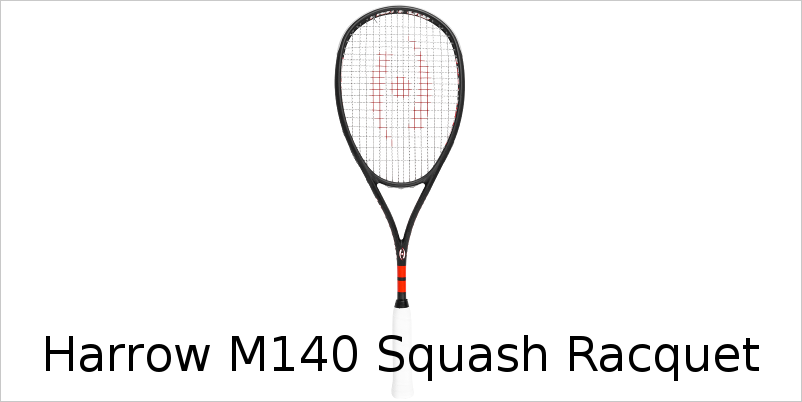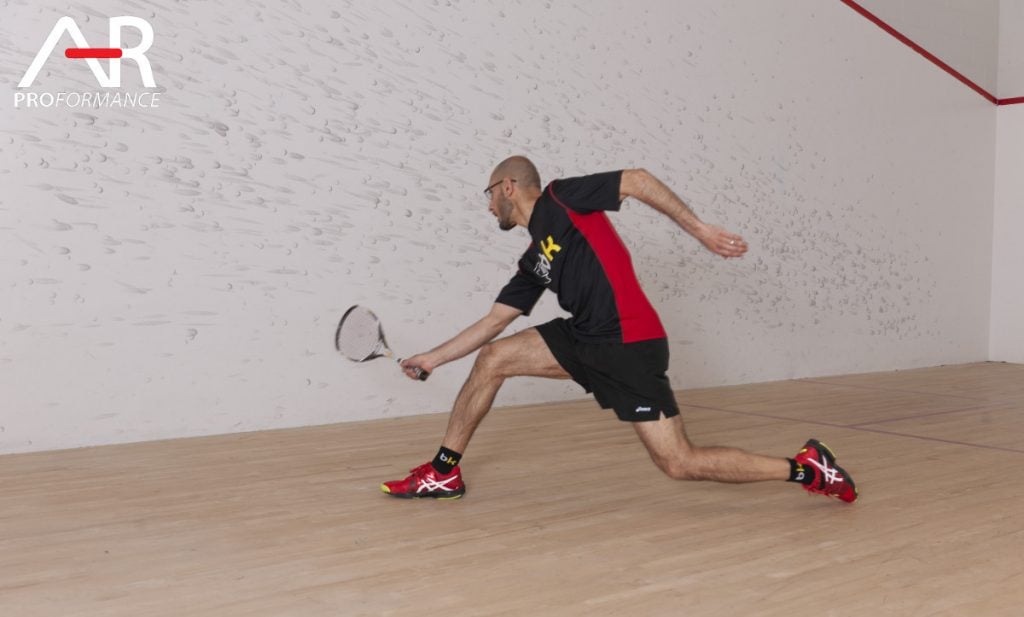A good friend of mine first introduced me to squash in 2010 while we were both in school. The Arthur Currie Gymnasium at McGill University had recently been renovated to include 7 new international courts, where I spent my early days learning the game. However, tucked away in the older sections of the facility, there were courts which seemed to be narrower and had sidelines which were step-wise rather than angled uniformly. Initially I shrugged off these differences and assumed that these were just old-fashioned, out of date courts which were only to be used when the newer courts were unavailable. However, after a little more exposure, I’ve come to realize that these courts in fact were for Hardball Squash.
Hardball squash for the better part of the 20th century was the preferred variation to the British game of softball squash in North America. The main differences between the two related games stem from the use of a much harder rubber ball which bounces more lively and is more responsive to spin. Use of a harder, more resilient ball turned out to be a better fit with the colder North American climate where the original softball showed shortcomings. The singles hardball game is played on a court that is narrower (by 1.5feet) with a tin height that is shorter (by 2 inches) than courts regulated internationally. The smaller court dimensions in combination with a fast moving, more bouncy ball saw the game develop into more of a “shot-makers” game rather than one which resembled attritional wars of fitness and patience.
As squash developed in North America, the focus gradually shifted away from singles hardball in favor of softball (possibly in accordance with exposure to international competition). Today, singles softball comprises the majority of squash being played. However, doubles hardball remains quite popular with many locations across Canada offering doubles hardball courts. Doubles is an appealing option for players of all ages but remains exceptionally popular among veterans who prefer a game with reduced physical strain.
So what makes for a good hardball squash racquet?
For players looking to break into the hardball game, in either singles or doubles, it is favorable to adapt the added demands of hardball by selecting suitable a racquet. As this ball travels a great deal faster than a softball and does not compress as much on contact, the forces exerted on your racquet from the ball are magnified. This translates into the need for your hardball racquet to excel in the following areas:
- Frame Stability – Heavy, Stiff frame
- Control – Bridged, Large head size
Frame Stability
Stability in the frame of a racquet is helpful in dampening the effects of contacting the denser hardball. Off center hits in hardball have a greater effect than a softball in the sense that they cause more frame torsion which can translate control reductions and increase the stress experienced at the players joints. Frame stability can be enhanced in a racquet by increasing the static weight of the frame (on average hardball racquets are 140-150g). Additional frame rigidity can be added through the stiffness of the frame itself. Black Knight racquets are listed with a stiffness rating and the racquets carried by Control the T recommended for doubles are rated at either 91 or 92. Heavier racquets tend to offer another helpful property in that they are usually quite durable. This becomes a particularly important feature in a racquet used in hardball since frame breakage is more of a risk, related to the use of the harder, faster moving ball.
Control
As hardball is generally regarded as a “shot-makers” game, from the standpoint of performance, control becomes more crucial. Head size of a racquet plays a role in determining the size of the sweet spot of that racquet. Larger head sizes offer a larger sweet spot which decreases the likelihood of off center hits and subsequent losses in control/frame torsion.
Bridged racquets comprise the majority of racquets used by those who play hardball squash. This single property of the racquet is beneficial for control and frame stability concurrently which explains their popularity. Compared to a teardrop design, the shorter lengths of the bridged main strings results in minimal “trampoline-like effect” of the strings on contact (which is beneficial to power but detrimental to control) while the bridge increases the overall stability of the frame.




